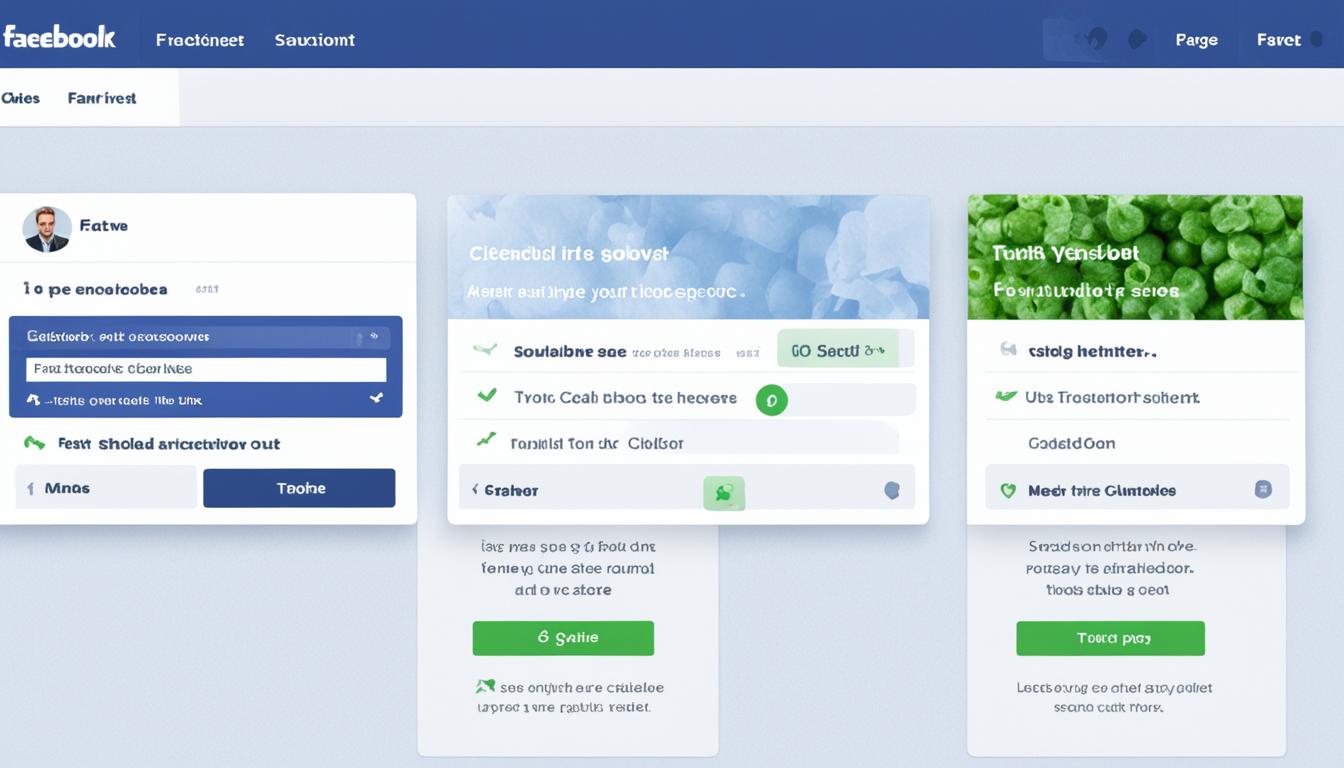By tracking social engagement metrics like likes, shares, comments, and engagement rates, you can understand how your audience interacts with your content. These insights show which topics and formats resonate best and help you tailor your email messages for better response. You can also identify patterns over time to optimize future campaigns. Continuing to explore these metrics will reveal even more ways to boost your email effectiveness through social insights.
Key Takeaways
- Analyze engagement rate data to identify high-performing content themes for email topics.
- Use social media interaction patterns to tailor email messaging that resonates with the audience.
- Track fluctuations in engagement metrics over time to adjust email strategies accordingly.
- Incorporate insights on preferred content types, such as videos or interactive posts, to boost email engagement.
- Segment audiences based on engagement levels to personalize email content and improve response rates.

Understanding social engagement metrics is essential for evaluating how your content resonates with your audience. When you analyze social media analytics, you gain valuable insights into how people interact with your posts, which can directly influence your email marketing strategies. Engagement rate analysis becomes a crucial tool in this process, helping you measure the effectiveness of your content beyond simple impressions or clicks. By focusing on how your audience engages—likes, shares, comments—you get a clearer picture of what truly captures their interest and encourages interaction.
Social media analytics provides a goldmine of data that reveals patterns in your audience’s behavior. For example, you can identify which types of posts generate the highest engagement, allowing you to tailor your email content accordingly. If certain topics or formats consistently receive more likes or shares, you should incorporate similar themes into your email campaigns. Engagement rate analysis helps you quantify this interaction, giving you a percentage that reflects how actively your audience responds relative to your total followers. This metric enables you to compare different campaigns or content types, pinpointing what resonates most effectively.
Knowing your engagement rate isn’t just about numbers; it’s about understanding the quality of your audience’s interactions. A high engagement rate suggests that your content strikes a chord, fostering a sense of community and encouraging recipients to connect further. You can use these insights to craft email messages that mirror the tone and topics your audience already values, increasing the likelihood of responses, clicks, and conversions. Conversely, a low engagement rate signals that you might need to adjust your approach—perhaps by refining your message, experimenting with new content formats, or addressing gaps in your audience’s interests.
To make the most of social media analytics and engagement rate analysis, you should set benchmarks based on your previous data. Track how your engagement metrics fluctuate over time and across campaigns. This ongoing process allows you to see what’s improving and what needs refinement. For instance, if you notice that videos or interactive content lead to higher engagement, incorporate more of those into your email content. Use the insights to segment your audience more effectively, targeting groups that show higher engagement levels with personalized messages. This targeted approach increases the chances that your email content will be well-received and drive meaningful interactions.
Additionally, understanding Powerful persuasive words used in your content can significantly enhance your ability to connect with your audience and boost engagement. Ultimately, integrating social media analytics and engagement rate analysis into your email marketing efforts helps you create more relevant, engaging content. By understanding what your audience cares about and how they interact with your brand online, you can craft emails that not only inform but also inspire action. Consistently monitoring these metrics empowers you to refine your strategy, ensuring your messages stay aligned with your audience’s preferences and maximize engagement.
Frequently Asked Questions
How Often Should Social Engagement Metrics Be Reviewed?
You should review social engagement metrics weekly or biweekly to stay updated on your content’s performance. Regular reviews help you identify patterns and adjust your content frequency accordingly. Use engagement benchmarks to compare your metrics over time, ensuring you’re meeting your goals. Consistent analysis keeps your email content relevant and engaging, allowing you to optimize your strategy effectively and maintain strong audience connections.
Which Social Platforms Provide the Most Valuable Engagement Data?
Imagine you’re tracking a campaign where a viral sharing post boosted your brand’s visibility. Platforms like Instagram and TikTok provide the most valuable engagement data because they showcase influencer impact and viral sharing potential. You can see how users interact, share, and comment, giving you insights into content that resonates. Use this data to refine your email content, ensuring it aligns with what drives engagement and amplifies your message.
How Do Engagement Metrics Vary Across Different Industries?
You’ll notice engagement metrics vary greatly across industries, reflecting different audience behaviors and content preferences. Industry benchmarks help you gauge performance, but engagement discrepancies highlight where your strategies may need adjustment. For example, retail often sees high click-through rates, while B2B industries might experience more comments and shares. Understanding these variations enables you to tailor your email content effectively, boosting engagement and aligning with industry standards.
Can Social Engagement Metrics Predict Email Campaign Success?
Think of social engagement metrics as a weather forecast for your email campaign. Influencer impact and viral content serve as sunshine or storms, hinting at success or challenges ahead. When engagement rises, it signals strong interest and can predict email success. If your social buzz is lively and influential, your email campaigns are more likely to sail smoothly. Use these signals to adjust your strategy, guiding your campaign toward success.
What Tools Are Best for Tracking Social Engagement in Real-Time?
You should consider tools like Brandwatch, Sprout Social, or Hootsuite for real-time social engagement tracking. These platforms excel at social listening, allowing you to monitor conversations across channels instantly. They also offer sentiment analysis, helping you gauge audience feelings and adjust your email content accordingly. With these tools, you can stay ahead of trends, respond quickly, and optimize your campaigns based on real-time social insights.
Conclusion
By tracking social engagement metrics, you’re fundamentally tuning into the heartbeat of your audience. Like a skilled conductor, you can guide your email content to resonate more deeply, creating a symphony that captivates and converts. Remember, each click, share, or comment is a note in your melody. When you listen closely, you’ll craft messages that truly strike a chord, turning engagement into lasting relationships and impactful results.









